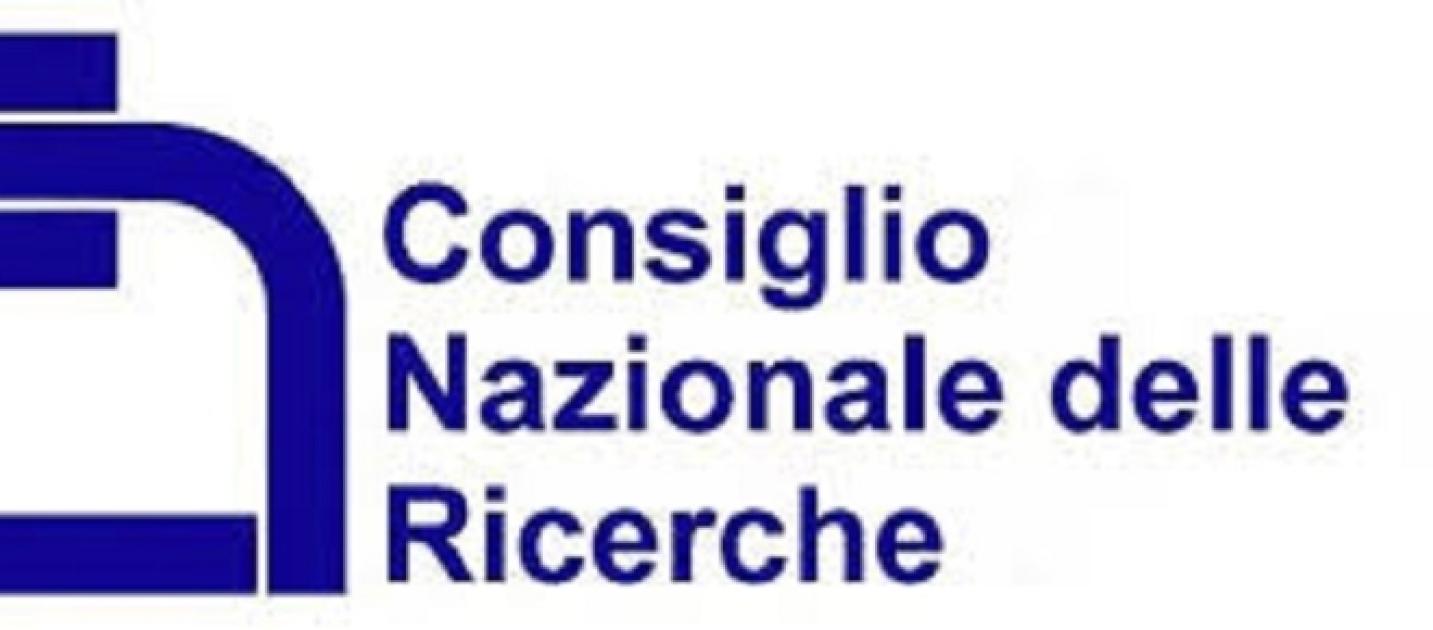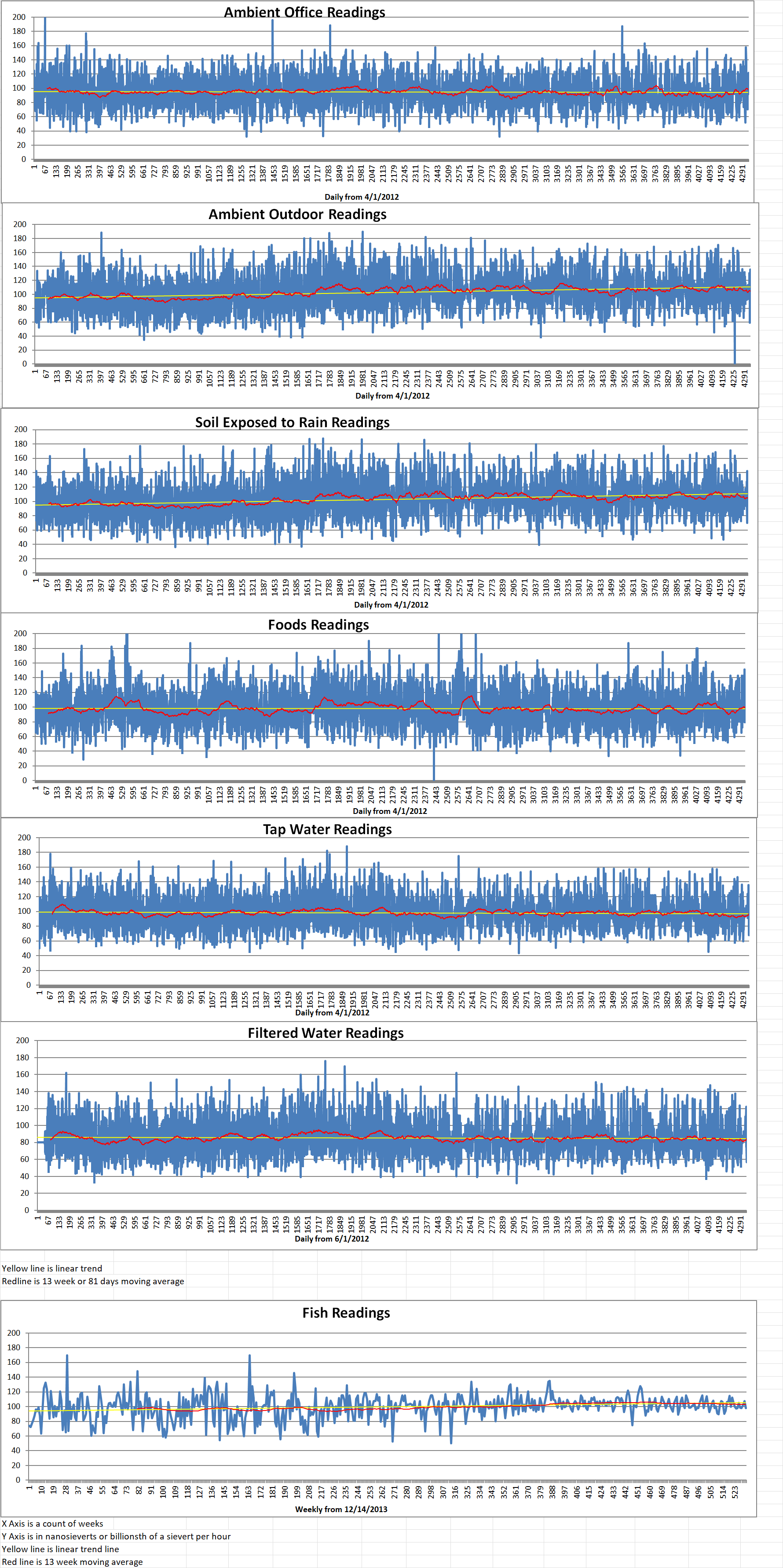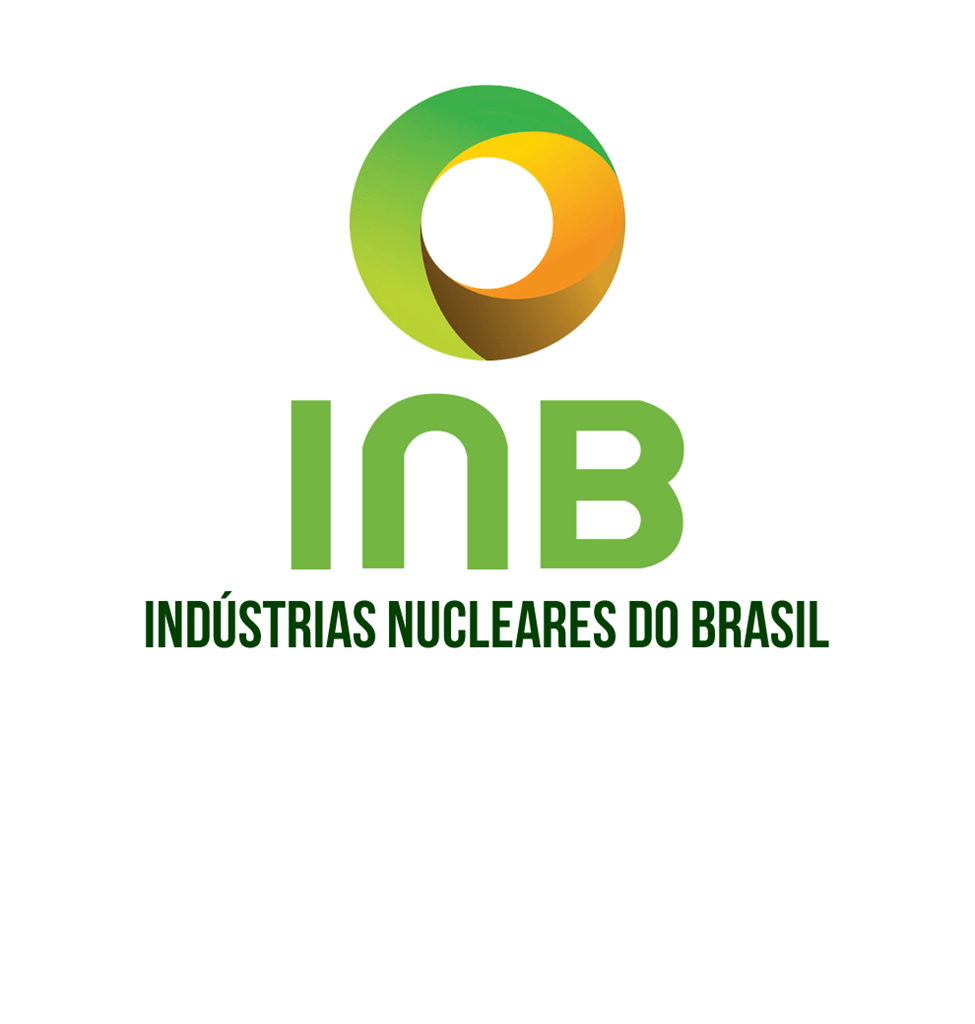Brazilian fuel cycle company Indústrias Nucleares do Brasil (INB) has announced that it will resume exploration for uranium in the country after a forty-year hiatus.
INB has launched the Uranium Prospecting and Mining Partnership Program. It is seeking to work in partnership with companies in the mining sector. INB said new research will be conducted in areas known for their “great mineral potential for this valuable substance”.
Adauto Seixas is the INB President. He said, “This new round of research comes at an important time for the country, since national production is still lower than the domestic consumption of the Angra I and II nuclear plants, and taking into account the increase in demand with the completion of Angra III.”
INB mentioned that the price of uranium has more than tripled in recent years. This “brings an avenue of opportunities for growth in the sector in the form of exporting concentrated uranium, and also with the possibility of offering nuclear fuel to the international market, adding value to the local production chain”.
INB added that “According to a study conducted forty years ago, Brazil had the eighth largest reserve in the world. However, considering that the second largest reserve is in Kazakhstan, which is the same size as the state of Rio de Janeiro, it is possible that the country could eventually take second place.”
According to World Nuclear Association (WNA), exploration in the 1970s and 1980s indicated that Brazil has reasonably assured resources of two hundred and ten thousand tons of uranium. There has been little investment in exploration since the mid-1980s.
The country has three main deposits. Pocos de Caldas in Minas Gerais state, where a uranium mine was closed in 1997; Lagoa Real or Caetité in Bahia state which has been operating since 1999; and Itataia, which is now called Santa Quitéria, in Ceará state, where the production of uranium as a co-product with phosphate is planned.
Uranium has been mined in Brazil since 1982, but the only currently operating mine is INB’s Lagoa Real/Caetité mine, with a capacity of three hundred and forty tons of uranium per year. The mine has known resources of ten thousand tons of uranium at 0.3%U.
INB began developing the adjacent Engenho mine in January 2017. It is a two hundred to three hundred tons of uranium per year open pit operation. Production was initially planned to begin in October of 2017, but has not yet begun.
In January of 2020, the country’s energy minister stated that investment in INB would allow it to produce one hundred and fifty tons of uranium annually from Caetité, starting in 2020. Production would expand to three hundred and sixty tons of uranium per year by 2023. The Santa Quitéria Consortium is a partnership between INB and privately owned fertilizer producer Galvani. It expects to produce two thousand three hundred tons of uranium concentrate annually from the Itataia deposit.
In 2022, Brazil produced forty-three tons of uranium. All mined uranium is used domestically, after it has been converted and enriched abroad. The country’s uranium consumption is currently about three hundred and thirty-nine tons of uranium per year.
In December of 2022, INB signed a contract with Russia’s Rosatom for the supply of three hundred and thirty tons of uranium in the form of natural UF6 to fuel the Angra nuclear power plant from 2023 to 2027. In May of 2023, three contracts were signed with Westinghouse to cover the supply of advanced fuel assemblies to be used for Angra 1 reloads.






